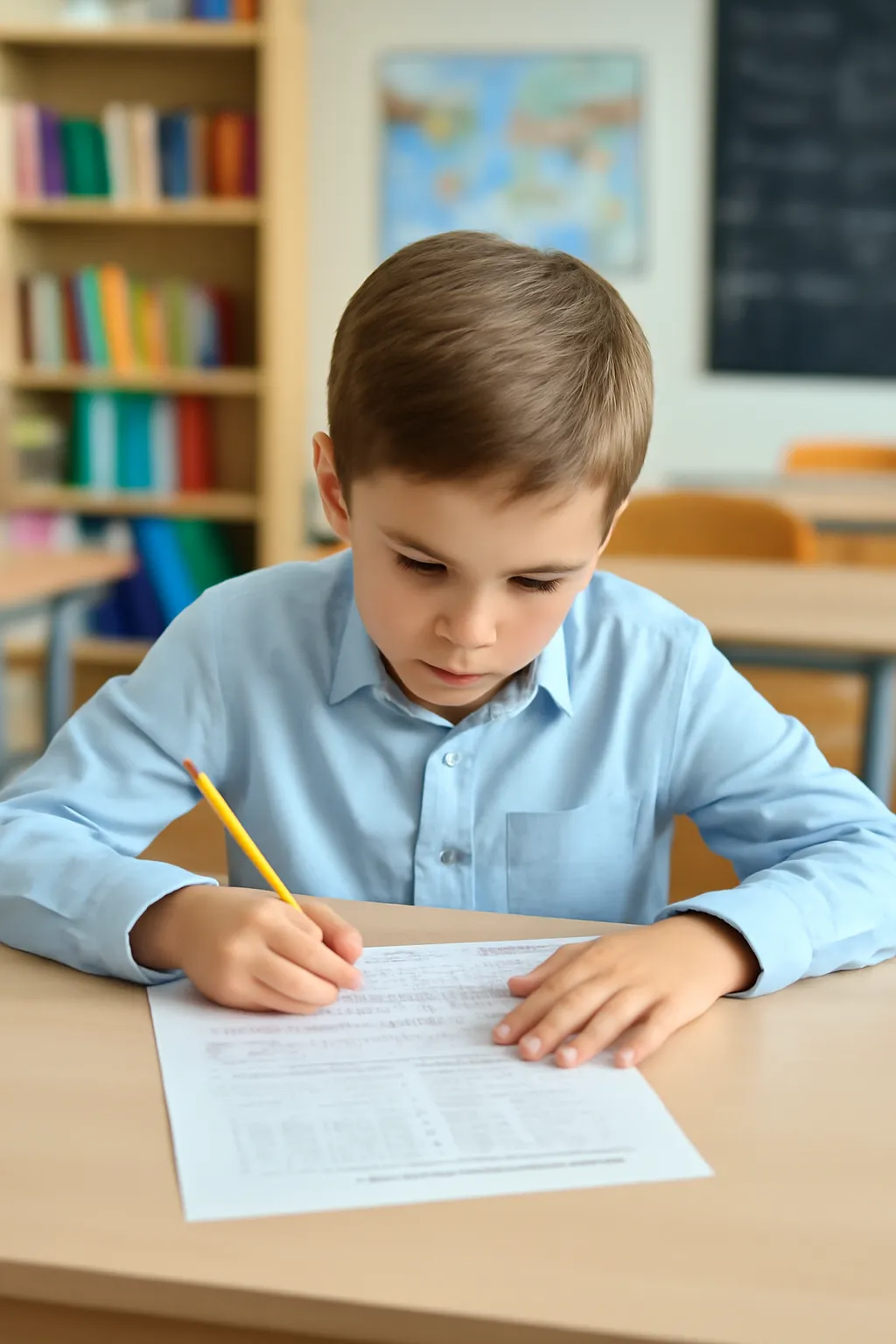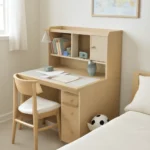Wondering about the MBTI test for elementary students? Is it safe, and can it be taken for free? Find out everything you need to know about elementary school MBTI tests, their benefits, and how they can be accessed for free in this detailed guide!
The Myers-Briggs Type Indicator (MBTI) test is a popular psychological tool used to understand personality types. While it’s commonly used for adults in career and personal development settings, the application of the MBTI test for elementary school students is gaining attention. The idea of giving young children a chance to explore their personality types might seem new, but it’s actually a helpful way to understand their learning styles, social interactions, and overall development. In this article, we will delve into the specifics of the elementary school MBTI test, how it can be accessed for free, and why it’s useful for both parents and educators.
Elementary School Student MBTI Free Test
MBTI tests for adults have long been available online, but for elementary school children, the situation is slightly different. The traditional MBTI is designed for individuals over 16 years of age. However, there are adapted versions specifically tailored to younger age groups. These tests are simplified versions, often written in a child-friendly manner, which makes them easier for children to understand and engage with.
Why Take a Free MBTI Test for Elementary Students?
Providing access to a free MBTI test for young children can offer several benefits, including:
-
Understanding Personality The test helps kids discover their personality types, which can be an important step in their self-awareness journey.
-
Improved Learning Children’s learning styles can be linked to their personality types. Understanding whether a child is more introverted or extroverted, or whether they prefer logical reasoning over creative thinking, can help educators and parents tailor their approach to learning.
-
Social Development The test can give parents and teachers insight into how children interact with peers, their emotional responses, and their problem-solving strategies. This can aid in building stronger relationships at school and at home.
How to Access a Free Elementary School MBTI Test
Several online platforms offer free versions of the MBTI test adapted for younger children. While these free tests are simplified, they still give a broad understanding of a child’s personality traits. Sites like Truity or 16Personalities may provide versions that are suitable for kids as young as 8 years old.
To get started, here’s a quick guide on accessing these tests:
-
Search for Free MBTI Tests for Kids Use search engines like Google or Naver to find reputable websites offering free versions of the MBTI test designed for children.
-
Check for Age Appropriateness Ensure that the test is specifically designed for elementary-aged students. These tests are often more straightforward and have questions that kids can relate to.
-
Review Results with Your Child After taking the test, discuss the results with your child. It can be a fun and insightful way to help them learn more about themselves!
👉 Take a Free MBTI Test for Kids 👈
Elementary School Student MBTI Test: What It Entails
The MBTI test for elementary school students is a valuable tool, but it’s important to understand how it differs from the adult version. For young children, the test is shorter, and the language used is simple and easy to understand. There are typically questions that ask children about their preferences, such as whether they like to play alone or with others, whether they prefer routine or flexibility, and how they make decisions.
Key Components of the Test
-
Introversion vs. Extraversion This dimension measures where children draw their energy from. Are they more comfortable with solitude or socializing with others?
-
Sensing vs. Intuition This measures how children take in information. Do they prefer concrete facts and details, or are they more interested in abstract concepts?
-
Thinking vs. Feeling This axis determines how children make decisions. Do they rely more on logic and analysis, or do they prioritize emotions and personal values?
-
Judging vs. Perceiving This shows whether children prefer structure and organization or enjoy going with the flow and being spontaneous.
How to Interpret the Results
When the test is completed, children will be given a four-letter acronym, similar to adult MBTI results, that represents their personality type (e.g., ISTJ, ENFP). It’s important to note that children’s personalities are still developing, so these results should not be taken as fixed or absolute. However, they can still provide helpful insights into a child’s temperament and preferences.
Additionally, results should be used to encourage positive reinforcement, helping children feel understood and supported. For example, if a child’s test indicates they are more introverted, parents and teachers can create environments that help them feel comfortable expressing themselves and engaging with others.
👉 Learn More About the Elementary MBTI Test 👈
Elementary School Student MBTI Inspection: How to Ensure Accuracy
While the MBTI test can be a helpful tool, it’s important to ensure its effectiveness, especially when used with children. The term “inspection” in the context of the elementary school MBTI test refers to verifying the accuracy and appropriateness of the test results, as well as understanding how they can be applied in the real world.
Best Practices for MBTI Inspection in Elementary Schools
-
Use Age-Appropriate Tests Always ensure that the test is designed for younger children. Adult MBTI tests might be too complicated and abstract for elementary school students.
-
Consult Experts Teachers and school counselors can help interpret the test results and offer valuable feedback to parents. They may even offer additional resources to help children develop based on their personality types.
-
Track Progress Over Time Personalities are not static, especially for children. It’s helpful to track how their MBTI results evolve over time, and to observe how they develop in terms of their strengths and weaknesses.
Potential Challenges and Considerations
-
Misinterpretation of Results Children might be tempted to over-identify with their test results. It’s crucial to remind them that these results are simply one tool to help understand themselves better.
-
Pressure to Fit into a Type Some children might feel pressured to act according to their MBTI type, but personality types are just a guide. Encourage flexibility and growth in their development.
👉 Explore More on MBTI for Kids 👈
Conclusion
The MBTI test for elementary school students can be an insightful way to understand a child’s personality. When used correctly, it helps children discover more about themselves, their strengths, and areas for growth. With the availability of free tests online, parents and educators now have easier access to tools that can promote self-awareness and improved development for children.
As with any personality assessment, it’s important to approach the results with a healthy dose of flexibility and understanding. Personality types can change over time, especially in young children, so these tests should be seen as a part of a broader developmental journey. Encouraging children to explore different aspects of their personality and supporting their growth based on these insights will help them thrive both academically and socially.
“Knowing yourself is the beginning of all wisdom.” – Aristotle






